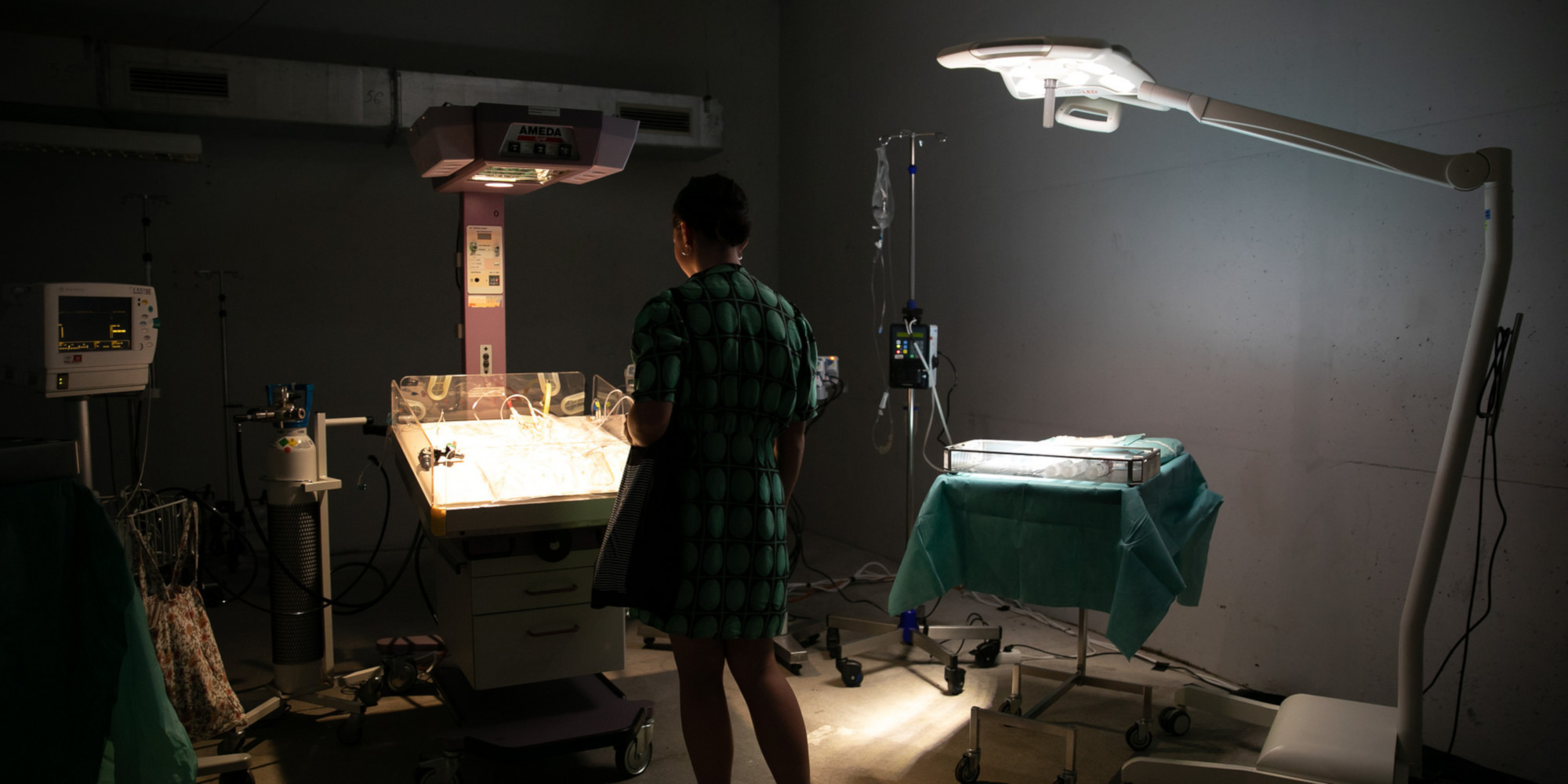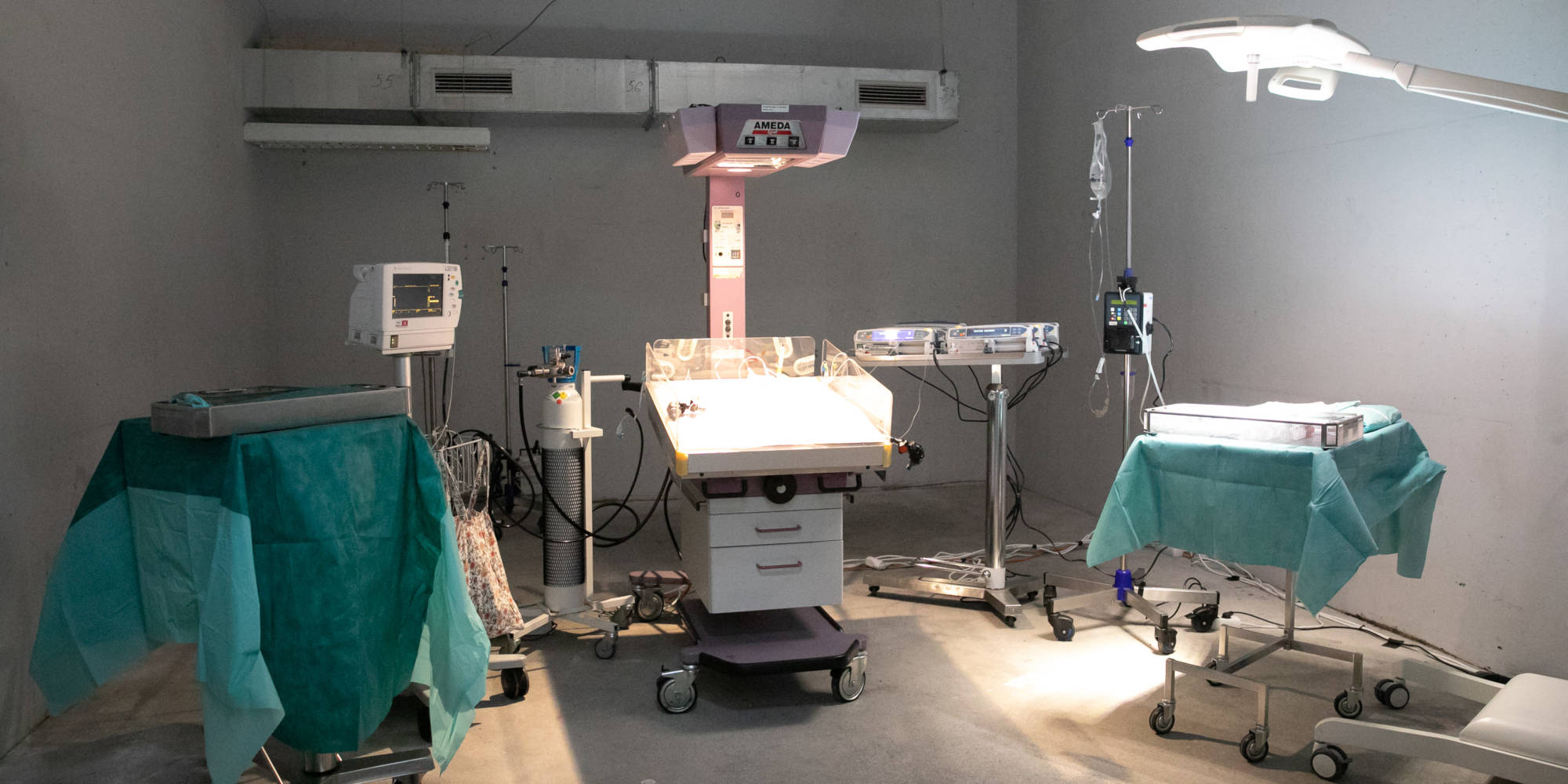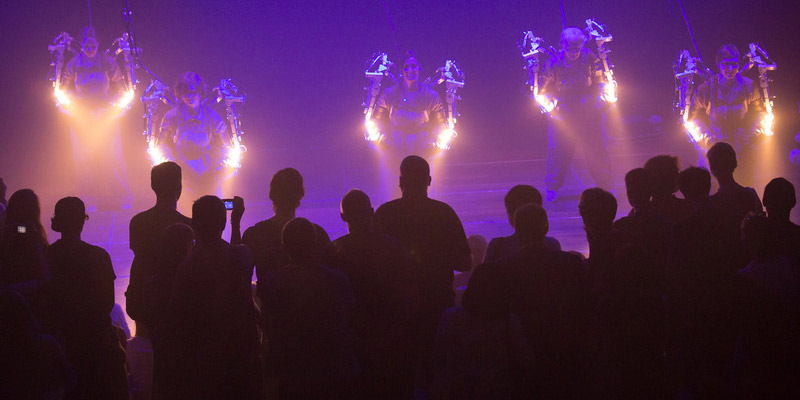Life support platform for extremely preterm babies
Despite profound improvements in outcomes for preterm infants born at later gestational ages, there have been only modest improvements in outcomes for babies born below 24 weeks’ gestation over the past two decades. If we are to improve outcomes for infants born at the border of viability, we must recognize that they are not “small babies;” rather, they are a unique patient demographic that requires an entirely different treatment approach from older preterm infants.
One opportunity to improve outcomes for these infants is a non-pulmonary life support system that will allow for the healthy survival of extremely preterm babies. In our Artificial Uterus platform, gas exchange is performed by a sophisticated artificial placenta connected directly to the fetal umbilical cord, with circuit perfusion driven solely by the preterm fetal heart. The present aim of this work is to bring to clinic a functioning life-support platform for infants born at the current border of viability.

Credits:
We wish to gratefully acknowledge the generous support provided by the following collaborating institutions and funding partners:
Tohoku University (http://www.tohoku.ac.jp/en/)
Women and Infants Research Foundation (https://wirf.com.au/)
Nipro Corporation (https://www.nipro.co.jp/en/)
Government of Western Australia Department of Health (http://ww2.health.wa.gov.au/)
University of Western Australia (https://www.uwa.edu.au/)
Channel 7 Telethon Trust (https://www.telethon7.com/)


